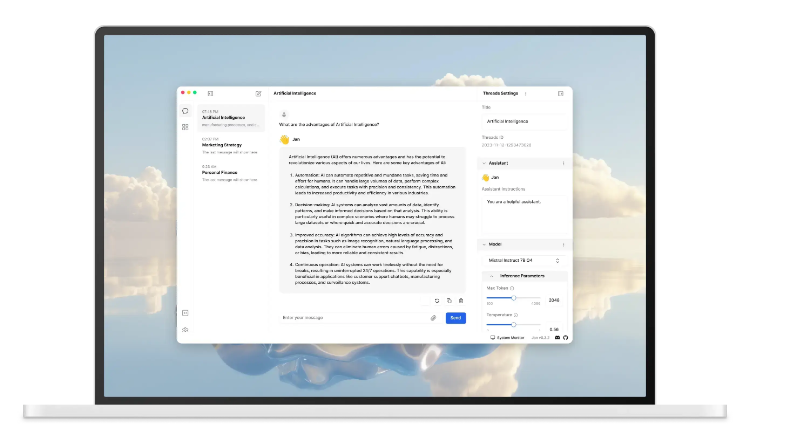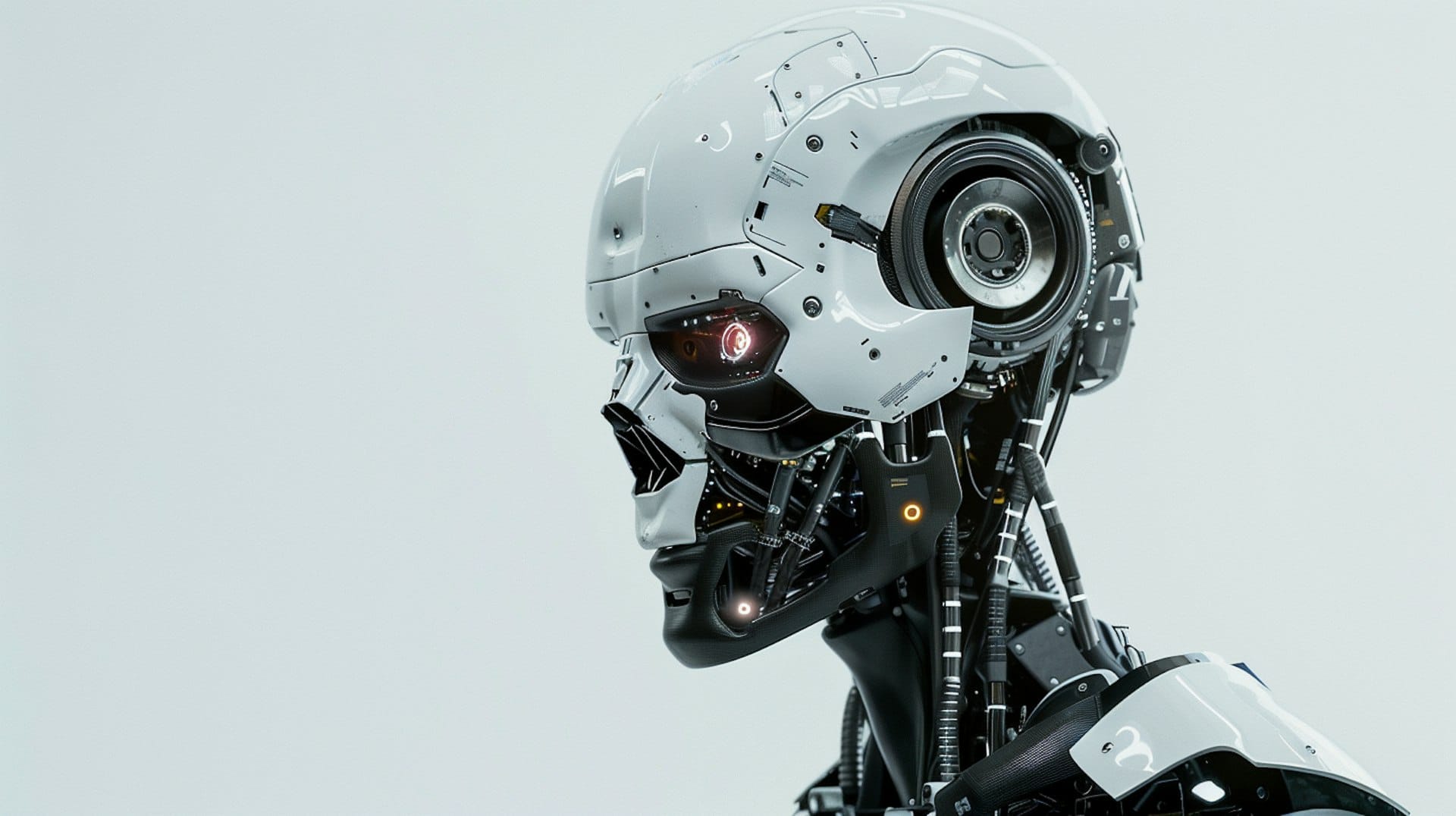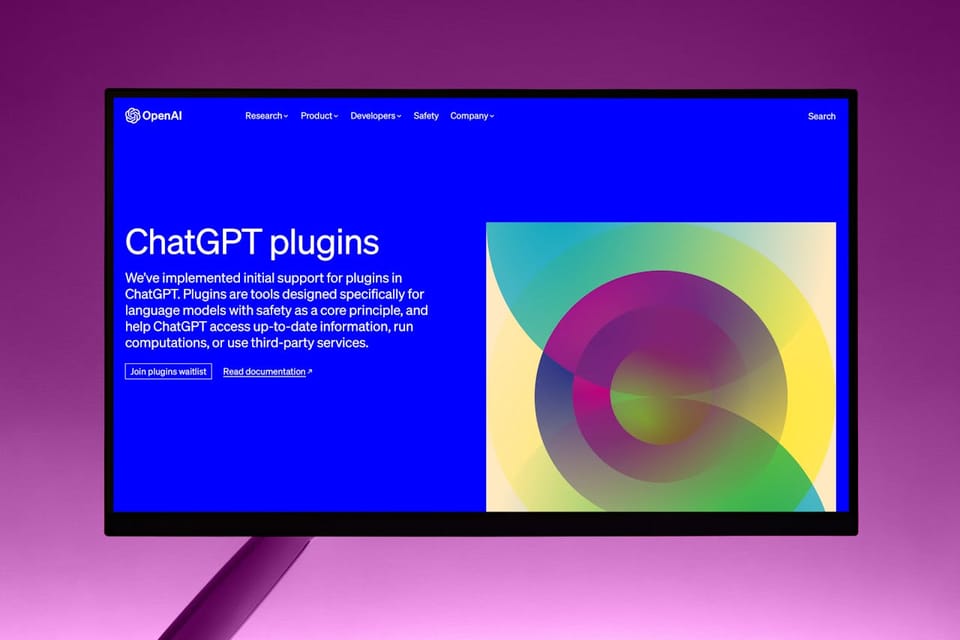Is Generative AI the Next Frontier or the Next Big Bubble?
Generative AI is attracting huge financial investments, to the point of raising fears of a new bubble... but most experts believe that this new technology will eventually pay off, at least for some companies.
OpenAI, the San Francisco startup that launched the generative AI boom with its ChatGPT program at the end of 2022, is now worth $157 billion, after raising $6.6 billion in funding.
After being unknown to the general public just two years ago, the company is thus strengthening its position as a major player in the technology sector, despite the recent departure of a large number of its managers, a series of scandals that have rocked it, fierce competition with other companies in the sector and, most importantly, the absence of any immediate prospect of achieving profitability, according to Agence France-Presse.

But all this is not enough to dampen the enthusiasm of analysts who view AI as a real “revolution.”
Dan Ives and his colleagues at Wedbush Consulting assert that “the Fourth Industrial Revolution will reach semiconductors, software, infrastructure, the Internet, and smartphones within the next 12 to 18 months.”
“ChatGPT has been to generative AI what the iPhone was to smartphones,” they add, as “OpenAI has opened the door to the success and adoption of AI by Nvidia, Microsoft, Google, and the entire tech world.”
The analysts estimate that all of these companies will spend $1 trillion on AI over the next three years.
It should be noted that this technology is very expensive, as generating text, images, and other content based on a simple query in everyday language requires AI models such as GPT-4 to “feed” them with huge amounts of data.
Training and operating models require new IT infrastructure, lots of power, highly skilled engineers, and so on.

Microsoft has pumped $13 billion into OpenAI and announced more than $15 billion in outside AI investments this year, from Germany to Indonesia.
Google released more than $13 billion in “real estate and equipment” in the second quarter, nearly double the amount it committed a year ago, a budget that reflects its need for new data centers and cutting-edge chips.
But that spending “has barely paid off so far, except for efficiency gains for developers,” Goldman Sachs reported in June.
“We’re in a bubble right now where vendors are all shouting ‘Generative AI’ everywhere,” says independent analyst Rob Enderle, while customers “aren’t ready yet.”
“More than 80 percent of our first rollouts have failed,” Enderle says.
But big tech companies aren’t looking to make a profit yet, explains eMarketer analyst Grace Harmon. Above all, she stresses, they fear “underinvesting in AI and losing money even if the returns on their investments aren’t guaranteed.”

Very high valuations
Whether or not we are in a bubble, most observers recognize the potential of this new technology in the medium to long term.
“Are there very high valuations? Yes, but is there value behind them? Yes,” says Michael Mansard, director of the Subscribed Institute research institute.
According to this industry expert, the challenge for companies is to find an economic model that will ensure their survival after a potential bubble burst.
“For a software company, it doesn’t cost twice as much to have 200 customers instead of 100, but for a generative AI company, it’s possible,” Mansard explains.
Despite its global success and paid subscriptions for individuals and businesses, OpenAI is expected to lose $5 billion this year, compared to $3.7 billion in revenue, according to the New York Times.
Independent analyst Carolina Milanesi has no doubt that generative AI will soon become part of everyday life. But to stay in the race and impose AI assistants and other tools, companies are forced to invest.
“It’s hard to define a business model because the more you use the model, the more you spend,” Milanesi notes. “It’s a bit of a Darwinian situation: only the fittest will survive.”











